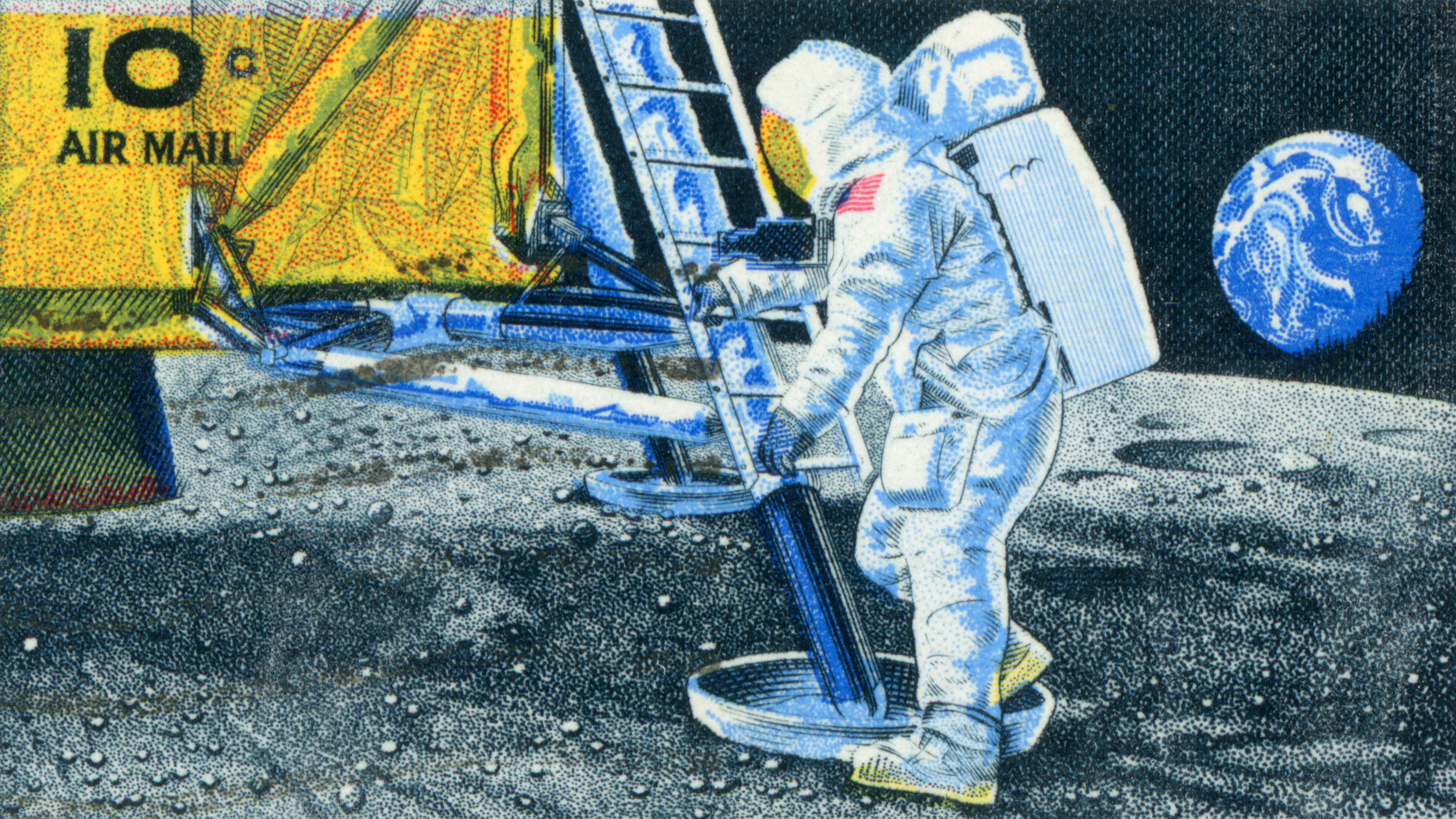Creating the World’s Fastest Computer

Sign up for Big Think on Substack
The most surprising and impactful new stories delivered to your inbox every week, for free.
Today we take a computer’s speed for granted, but it wasn’t so long ago when it was normal to sit and wait for several minutes every time we booted up a computer or connected to the Internet. This was the issue faced by Intel Chief Technology Officer Justin Rattner in 1996, when he set out to develop the world’s fastest computer. When Rattner sat down with Big Think recently he said: “I began to realize that there was this insatiable demand for computing performance and that demand wouldn’t be satisfied anytime in the near term unless we could figure out a way to put 10’s or 100’s or even 1,000’s of microprocessors together to work on one of these very big single problems.”
Think of it like cylinders in your car. There are four-cylinder engines, six-cylinder engines, and eight-cylinder engines. Instead of having one giant cylinder that’s trying to generate all the power to move the car you use a number of smaller ones and the aggregate power is what moves the car at freeway speeds. “We’re in a sense doing the same thing by using lots of microprocessors to generate high-performance,” says Rattner. “We’re taking their individual power and harnessing it in such a way that we can bring all of their energy to bear on one single very challenging computational problem.”
Rattner started out early as an inventor. When he was a kid, he and his neighbor tried to build a private telephone link between their houses. It never actually worked, and several years later when he was asked to remove the cable, he discovered that the cables had been simply knotted together. Says Rattner: “There was no electrical connection between the two, so that was an ill-fated adventure but my first attempt at inventing something.”
Also featured in this eight-week series are Martin Cooper, inventor of the cell phone; David Ho, the AIDS researcher famous for pioneering combination therapy in treating HIV-infected patients; Arlie Petters, a mathematical physicist at Duke who’s out to prove that there’s a fifth dimension; Nathan Wolfe, who led a team that discovered the origins of malaria; Katie Salen, who started a game-based school in New York City; and Leonard Kleinrock, who’s known as the father of the Internet. Get exclusive insight into the fascinating minds of our greatest math and science thinkers at https://bigthink.com/momentsofgenius. This series is sponsored by Intel.
Sign up for Big Think on Substack
The most surprising and impactful new stories delivered to your inbox every week, for free.





